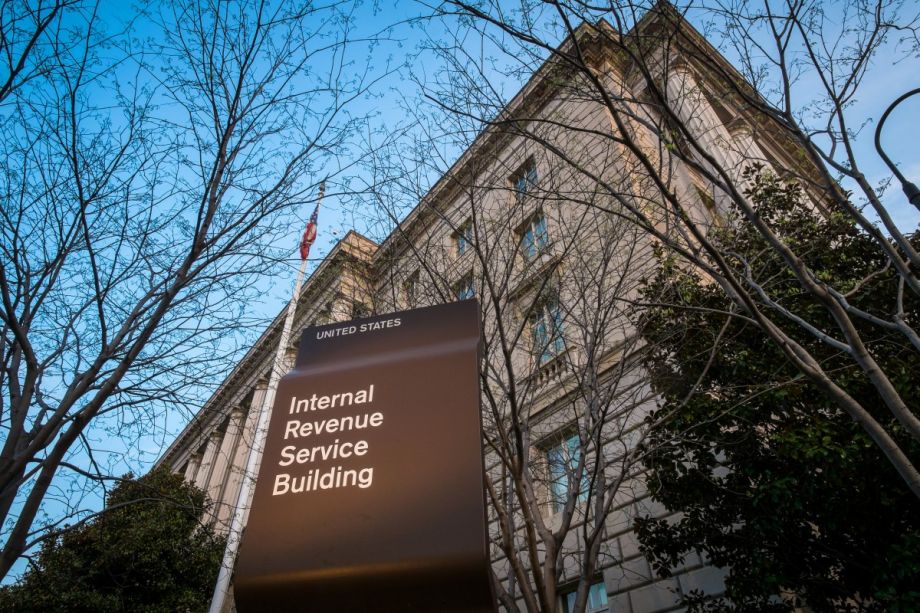The data is clear: Our economy is tilted in favor of the wealthiest, it’s getting worse since the great recession and the biggest cities bear the brunt of it.
And yet, those building a more equitable economy scored some key victories in 2015.
At the national level, the Supreme Court ruled that segregating minorities into poor neighborhoods, even if it’s unintentional, is illegal. Meanwhile, the Obama administration put forth federal overtime regulation proposals that could give a big boost for minority workers.
There were also successes at the city level: Cincinnati reorganized its procurement office into the Department of Economic Inclusion; New Orleans reformed its own procurement system to level the playing field for workers and entrepreneurs of color; a coalition took just a few months to pass a paid sick leave law in Pittsburgh; and Seattle ruled gig economy workers have the right to organize and bargain collectively.
In 2015, even the financial system — itself the source of much inequality — took a turn toward a more equitable future. Here are five storylines that show how.
Small Lenders Gain Access to Big Funding Pot
Imagine you’re a small community-based lender working in distressed neighborhoods of Chicago, and you get a $28 million business line of credit at less than 4 percent interest, with up to 30 years to pay back what you use to make loans in your target neighborhoods.

Chicago
The bond guarantee program has also been extended for another $750 million through fiscal year 2016, one of a series of policy victories for CDFIs in the recent end-of-year budget and tax bill negotiations.
Meanwhile, CDFIs remain on the hunt for innovative ways to access capital they can use to build and rebuild struggling neighborhoods in cities (and rural areas) everywhere.
“The challenges of low income communities are not uniform, so our work to provide them opportunities shouldn’t be either,” Cathy Dolan, COO of Opportunity Finance Network, said in an email.
Retirement Asset Rules Warm Up to Impact Investing
This past October, the Department of Labor (DOL) rescinded a Bush administration guideline on the management of retirement assets.
“This change could lead to the creation of new investment vehicles that target distressed urban areas,” said Matthew Patsky, CEO of Trillium Asset Management.
According to a new briefing from Enterprise Community Partners and Pacific Community Ventures, if just 2 percent of the assets in the country’s public pensions and 1 percent of the assets in private pensions were dedicated to “economically-targeted investments” (ETIs, the DOL’s term for investments that seek certain social goals while maintaining risk and return characteristics that are comparable to more traditional investment opportunities), it would bring $250 billion to $300 billion in capital to the impact investing marketplace.
The briefing points out 15 state pension systems and four religiously-affiliated funds that have already been investing in ETIs, with a focus on three: The New York City Retirement System’s Public-Private Apartment Rehabilitation Program, The California Public Employees’ Retirement System’s California Initiative, and The United Methodist Church’s Positive Social Lending Program. The report authors hold these programs up as examples of what that potential $250 billion to $300 billion (if not more) could do.
Endowments May Get Path To More Impact Investing
Private foundation and university endowments must disburse at least 5 percent of the value of their assets each year. They do it through grants or through program-related investments (below market-rate investments in organizations that generate financial and social returns in line with the endowment’s mission).
The rest of the endowment, known as the “corpus,” must be invested in order to generate market-rate financial returns in line with fiduciary responsibility. Universities and foundations famously have fought for and gained the ability to divest from companies that conflict with their missions. Some foundations (even small ones) have also been exploring how to use the corpus to make market-rate investments strategically to achieve mission-related goals. These investments are known as mission-related investments (MRIs).

(AP Photo/J. David Ake)
MRIs have always been in a bit of limbo, as IRS guidelines around how the corpus must be managed have been unclear. The Obama administration announced in September that they’re going to clarify the guidelines to protect existing MRIs and encourage more. Ford Foundation President Darren Walker specifically cited this announcement in his statement announcing the foundation’s re-organization to focus on inequality. (The Ford Foundation provides grant funding to Next City.)
Floodgates to Open for Crowdfunding Investment
After years of advocacy and dialogue, the Securities and Exchange Commission (SEC) unveiled final rules in October that will allow startups to offer private shares of stock to all investors online.
Up until now, only accredited investors (minimum net worth of $1 million or annual income of $200,000) could invest in startup companies, even through online portals. With the release of the rules, beginning in May 2016 startups may begin selling private shares to non-accredited investors through approved online portals. It’s a radical democratization of startup investing.
Champions of the new SEC rules believe crowdfunding startup investment will dramatically level the playing field for startups, helping to counteract the fact that venture capitalists in the U.S. are still overwhelmingly white and male.
The Federal Reserve as a Potential Force for Community Development
The Federal Reserve announced the names of its newly created Community Advisory Council (CAC) in September. At least one member of the new council thinks it could be an important forum to remind the Fed of its potential to be a force for community development, through the enforcement of the Community Reinvestment Act (CRA).
“The regulators need to stay tightly on banks about this, and we need to stay tightly on the regulators, because [the CRA] is a very vague set of laws,” said Benjamin Dulchin, executive director of the Association for Neighborhood and Housing Development and inaugural member of the Fed’s CAC. “It’s designed to be interpreted very locally, and if you don’t have a local group that’s interpreting it and pushing it and raising the bar, the quality and quantity of participation tends to slip.”
Dulchin harbors no illusions that the new CAC will be able to drown out Wall Street whispering sweet nothings into the Fed’s ears about interest rates. At the same time, he’s sure there is a receptive audience for community development at the Fed, whose branch offices around the country do a lot of work around the topic. The San Francisco Fed’s Interagency Community Reinvestment Conference is coming up in February, for example.
In conclusion, plenty of work remains to build a financial system that provides support and opportunity for all. A more equitable financial system, however, isn’t likely to spring forth from the mind of any one person or small group of people. There’s a movement building it, piece by piece, and they gained a lot of momentum to take from 2015 into next year.
The Equity Factor is made possible with the support of the Surdna Foundation.

Oscar is Next City's senior economic justice correspondent. He previously served as Next City’s editor from 2018-2019, and was a Next City Equitable Cities Fellow from 2015-2016. Since 2011, Oscar has covered community development finance, community banking, impact investing, economic development, housing and more for media outlets such as Shelterforce, B Magazine, Impact Alpha and Fast Company.
Follow Oscar .(JavaScript must be enabled to view this email address)

















